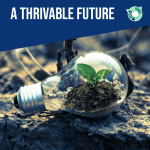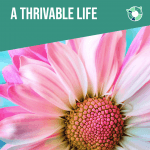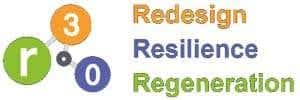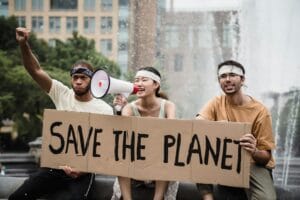Common sustainability myths, such as the belief that recycling alone can solve the waste crisis or that carbon offsets fully neutralise emissions, create a false sense of progress while deeper systemic issues remain unaddressed. Many people strive to adopt sustainable living practices. They recycle, purchase eco-friendly products, and aim to reduce their carbon footprint. Yet despite these good intentions, the planet’s challenges continue to grow (Fletcher et al., 2024). It’s time to aim higher. Enter thrivability: a mindset of going beyond neutrality to create a net-positive impact on the world. Thrivability means sustaining life on Earth and helping people and nature thrive together. It’s guided by Strong Sustainability, one of the THRIVE Framework’s Foundational Focus Factors (FFFs), which ensures that human activities remain within ecological limits and planetary boundaries.
This article explores common sustainability vs. thrivability misconceptions. It shows how lifestyle choices and business innovations can shift from box-ticking habits to truly regenerative practices by embracing Values-Based Innovation, solutions grounded in long-term ecological and social well-being. Applying Systems Thinking enables a deeper understanding of the complex interconnections between human and natural systems, shifting fragmented efforts toward integrated strategies that leave the world in better shape than before.
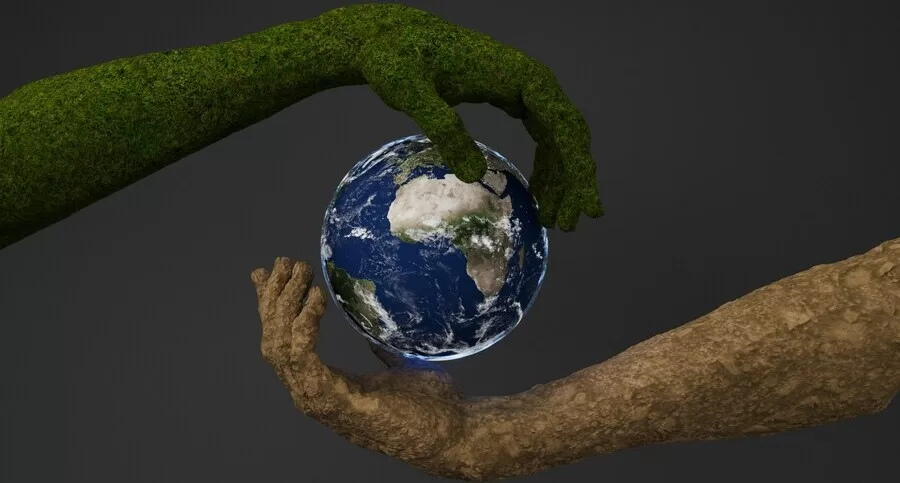
Source: Bhautik Patel on Unsplash
Sustainability Myth #1: Recycling is the ultimate solution
Reality: Recycling alone isn’t a silver bullet. Only about 9% of all plastic ever produced has been recycled (Kahlert & Bening, 2022). Many materials are difficult to reclaim, and plastic in particular often gets downcycled or discarded. The greenwashing of “recyclable” labels obscures significant flaws in waste management systems. Meanwhile, the constant push to buy new “green” products (and then recycle the old) keeps consumption high and resources flowing one way: from extraction to waste (Haar, 2024).
Reducing Waste at the Source
A more impactful approach is to reduce waste at the source by choosing durable, repairable goods and reusing existing items. Research confirms that extending a product’s lifespan is one of the most effective eco-myth-busting measures available. For example, wearing a piece of clothing for just nine extra months can cut its environmental footprint by 20% (Haque, 2024). An everyday garment typically has an expected lifespan of two to three years.
Durable fashion means fewer new clothes are needed. This reduces demand for water-intensive cotton farming, toxic dyes, and emissions from factories. The world already has enough clothing to serve an estimated six generations (The Times, 2024). Yet fast fashion continues to flood markets with millions of new garments every year. Most of these garments end up in landfills or are incinerated. This wastes resources and worsens pollution. In theory, global fashion production could pause entirely while systems for organised reselling, repair, and sharing are developed.
Consumerism and the Illusion of Sustainability
Consumer culture often pushes in the opposite direction. Take reusable water bottles: while promoted as a sustainable choice, many consumers purchase multiple bottles in different colours and styles, while cafés and restaurants frequently still serve water in single-use plastic bottles, as refill infrastructure remains underdeveloped (Antad et al., 2024). In reality, one durable reusable bottle is sufficient, until or unless it breaks.
The same principle applies to other products. Long-lasting electronics and appliances reduce the need for constant replacement, cutting down on resource extraction, manufacturing emissions, and consumer costs. (Karagiannopoulos et al., 2024).
Toward a Circular Economy of Longevity
The thrivable alternative to a “throwaway” culture is a circular economy of longevity. This includes buying high-quality items designed to last and supporting brands that offer repair services or refurbishment (Yuliana et al., 2024). Every purchase becomes an opportunity to promote sustainability truth by asking: Can this be fixed? Is there a refillable or reusable version? In a thrivable living future, landfills shrink, belongings carry stories, and environmental literacy deepens (Manna, 2025).
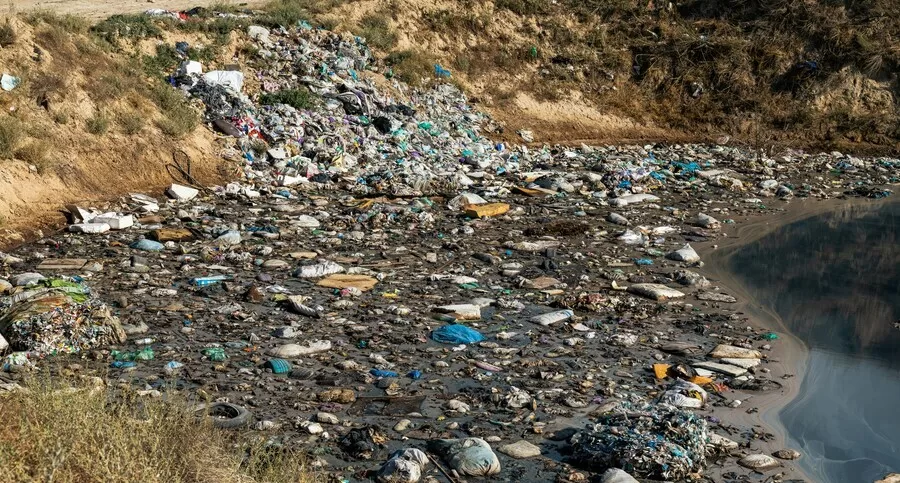
Source: Collab Media on Unsplash
Sustainability Myth #2: planting trees is enough
Reality: Tree planting is helpful, but as a primary climate strategy, it often underdelivers. Trees take decades to absorb significant CO₂, while climate change misinformation persists about their short-term effectiveness. Over 90% of rainforest carbon offsets issued by a leading certifier were found to be effectively worthless (An et al., 2025).
A thrivable approach focuses on sustainable development that directly reduces emissions. For example, one acre of solar panels can offset about 200 times more CO₂ annually than an acre of forest (Eisenson et al., 2024). Thrivability prioritises root-cause solutions over environmental misconceptions.
Leading companies are embracing clean energy, enhancing efficiency, and accelerating the transition to electric systems. These strategies cut emissions at the source. Individuals can help by enrolling in renewable energy programs, choosing efficient vehicles, and cutting household energy consumption, thereby directly reducing emissions.
Tree planting remains valuable for ecosystems and biodiversity. However, thrivability targets root causes. It focuses on high-impact changes that reduce emissions now and guide human progress within environmental boundaries.
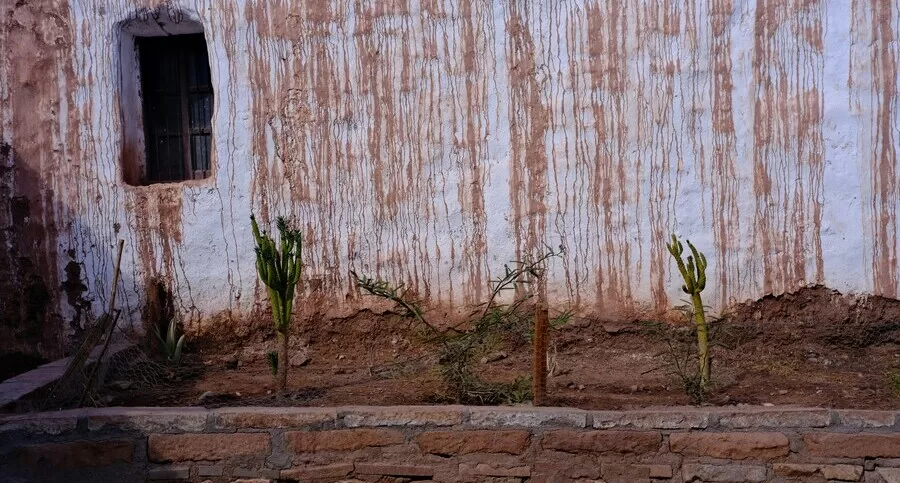
Source: Diego Marín on Unsplash
Sustainability Myth #3: Efficient water use and recycling solve the water crisis
Reality: Efficiency alone won’t fix the ecological awareness gap or restore degraded water systems. Environmental education reveals the importance of replenishing aquifers and reviving natural water cycles. Thrivability treats water as a dynamic, living system, as seen in India’s johad projects that rejuvenated 1,000 villages (Kanwar, 2023).
While wastewater recycling is helpful, especially in arid regions, it doesn’t increase total water availability. Regenerative practices focus on replenishing water sources through groundwater recharge, wetland restoration, tree planting, and rain-retaining infrastructure (Uzoqov, 2024). Companies like Microsoft have committed to becoming water-positive by 2030, aiming to return more water than they use. Their efforts include aquifer recharge, rainwater harvesting, and closed-loop cooling systems, supported by AI-based water modelling and partnerships with local stakeholders. Others, such as Inditex and AB InBev, promote circular water use through advanced wastewater treatment and regenerative agriculture. These practices help improve long-term water security in vulnerable regions, including Bangladesh, South Africa, and Brazil (Shee Weng, 2024). While such corporate commitments can sometimes be used to deflect scrutiny or contribute to greenwashing, they also help bring critical water resilience and ecosystem regeneration topics into the mainstream sustainability conversation.
Individuals can help restore natural water systems by harvesting rainwater, planting native vegetation, creating rain gardens, and supporting wetland restoration, practices recognised by the U.S. EPA as effective nature-based solutions for water resilience (EPA, 2023). Thrivability in water means restoring natural ecosystems, not just using them more carefully.
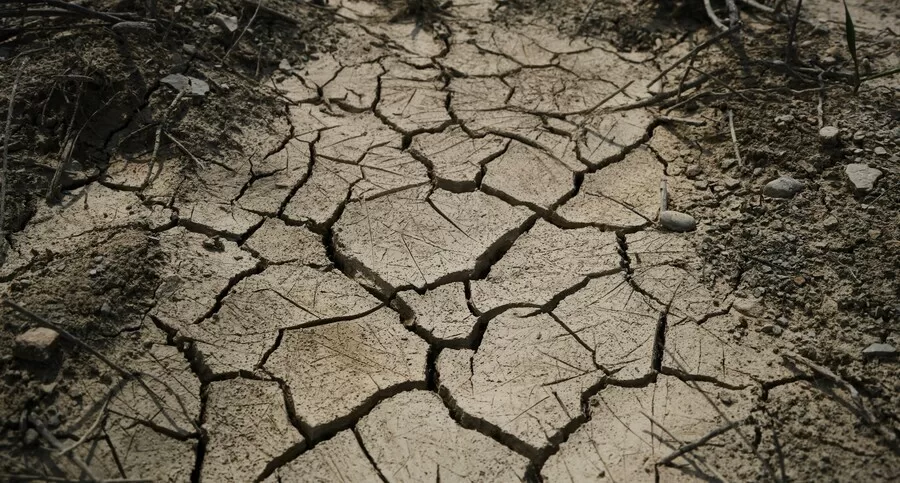
Source: Engin Akyurt on Unsplash
Sustainability Myth #4: Net-Zero Is the Final Goal
Reality: Net-zero is only a starting point. Sustainability literacy means understanding the difference between reducing harm and restoring ecosystems. Net-positive thinking sets a higher standard; it encourages actions that restore more than they harm, creating lasting benefits for people and the planet.
Some businesses and technologies now aim to give back more than they consume by removing carbon, replenishing water, and regenerating ecosystems. For example, Bioenergy with Carbon Capture and Storage (BECCS) achieves net-negative emissions by capturing CO₂ from biomass and storing it underground. Under optimal conditions, BECCS could remove up to 11.3 billion tonnes of CO₂ annually, exceeding its lifecycle emissions (Zerocarbon analytics, 2022). Similarly, biochar, made from agricultural waste, stores stable carbon in soil and boosts fertility, water retention, and crop yields. Some Direct Air Capture (DAC) systems using solid sorbents also produce water as a by-product, drawing moisture from the air during CO₂ capture (Li & Yao, 2024). Waste-to-resource innovations like biochar systems close material loops, recycling more than they generate, and contributing nutrients back to the soil. These solutions go beyond circular economy principles into truly regenerative territory (Jeswani et al., 2022).
This net-positive approach shifts climate action from reducing damage to actively healing natural systems. Individuals play a role too, homes with surplus solar power contribute clean energy to the grid, regenerative gardens nourish soil and communities, and volunteer-led habitat restoration strengthens biodiversity. By focusing on what can be restored or given back, net-positive thinking transforms sustainability into a mindset of abundance and regeneration. Thrivability champions this perspective, empowering both people and organisations to become forces for renewal and resilience.

Source: Ella Ivanescu on Unsplash
Conclusion: Thriving Together for Lasting Positive Impact
Thrivability reframes progress not as harm minimisation but as future resilience through regeneration. It champions myth vs. fact sustainability by promoting conscious choices that restore ecosystems, empower communities, and strengthen resilience in the face of global challenges.
Thrivable living encourages conscious decisions in daily life, business strategy, and policy design. Choosing long-lasting products, supporting regenerative agriculture, adopting renewable energy, and advocating for inclusive infrastructure are just a few of the ways to embed positive impact into everyday choices. Companies and organisations that adopt long-term ecological thinking are not just reducing risks, they are building legitimacy, trust, and value in a future-fit economy.
By aligning personal actions and systemic innovation with the deeper goals of regeneration, society can move from a narrative of limitation to one of possibility. Each step toward thrivability aligned with sustainability truth, whether through circular design, renewable energy, or nature-based solutions, adds up to a greater collective force for renewal.
A thriving world is not an idealistic vision, but an achievable outcome when regeneration becomes the norm. With purpose-driven innovation and Integral Thinking, this transformation is already underway, offering hope, momentum, and a shared path forward.

Source: Kier in Sight Archives on Unsplash
Achieving the United Nations’ Sustainable Development Goals (SDGs)
The United Nations’ Sustainable Development Goals (SDGs) are designed to address complex global challenges. Among them, SDG9: Industry, Innovation, and Infrastructure calls for resilient systems and responsible industrial growth. A thrivable economy aligns with this goal by encouraging innovations that regenerate ecosystems while enhancing human well-being. Equally important, SDG6: Clean Water and Sanitation emphasises the need to ensure water availability and sustainable management for all. When industries adopt solutions that replenish water, restore soils, and actively remove carbon from the atmosphere, they contribute not only to resilient infrastructure but also to cleaner water systems and meaningful SDG13: Climate Action. These solutions also ease the pressure on ecosystems and reduce the environmental cost of industrial activity, supporting long-term resource security.
The SDGs are an important step in the right direction, offering a shared language and global targets for sustainable development. However, most targets revolve around reaching net-zero rather than fostering regeneration. As a result, they often fall short of what is needed for Thrivable Living. True thriving requires going beyond sustainability to foster regenerative cycles, systemic transformation, and long-term resilience. In a thrivable model, solutions go beyond sustaining the status quo. They actively restore ecosystems and enrich human and planetary well-being. The goal is to create net-positive outcomes that benefit both people and the planet for generations to come.
These innovations illustrate the path toward Thrivable Living, where technology, policy, and culture are aligned not just to minimise harm but to restore balance, regenerate ecosystems, and create enduring value for communities and nature alike.
A Thrivable Framework
The THRIVE Framework advances the ambition of the SDGs by applying Strong Sustainability to guide development within the limits of Earth’s life-supporting systems, ensuring that natural capital is preserved and regenerated. It fosters Values-Based Innovation that aligns technological and business advancements with long-term social equity and ecological integrity. By leveraging Systems Thinking, the framework enables the design of adaptive, integrated solutions that respond to complex global challenges, addressing not only environmental factors but also social dynamics, governance, and economic resilience in a cohesive, future-fit approach.
Beyond this framework, THRIVE Project offers a rich ecosystem of resources, including articles and whitepapers exploring the intersection of science, society, and sustainability. Regular webinars and workshops connect diverse voices committed to driving positive change, while monthly newsletters and learning materials keep the community informed and inspired. With access to case studies, volunteer opportunities, and resources for decision-making, the THRIVE platform empowers individuals and organisations to move from harm reduction to net-positive impact. Join a global network redefining what it means to live well; ethically, equitably, and in harmony with nature.





